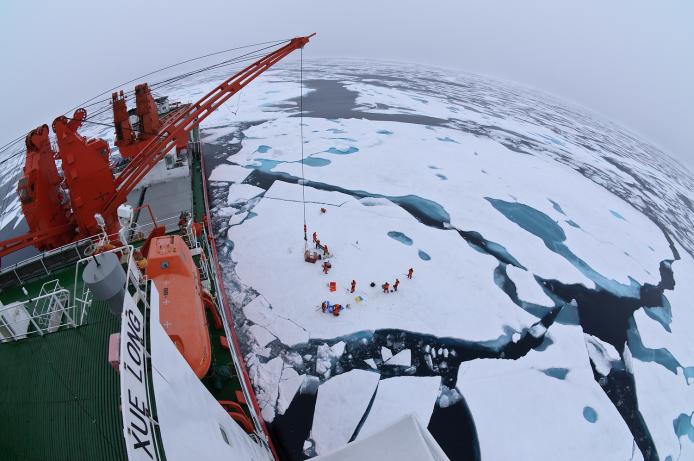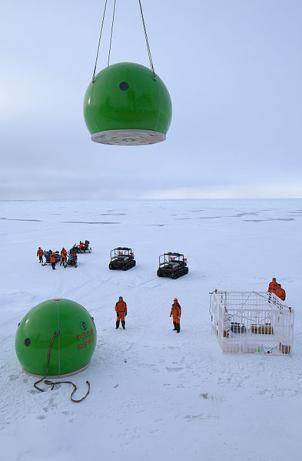China is a relative latecomer to the Arctic, establishing its regional research program in the 1990s. In 2003, it opened its first research station. And for the last decade, China’s polar research community has conducted annual research cruises to the Arctic Ocean on board the country’s—until recently—sole polar research vessel. As climate change warms the Arctic at a rate about twice the global average, the specter of sea-level rise, along with less predictable and more disruptive weather patterns, is driving the country’s research in the region.
Yet as a state with no territories in the Arctic and no historical legacy of either polar exploration or research, China has also used its scientific activities in the region as a way to build an Arctic identity that would give it a greater say in regional affairs. Moreover, polar science has served as a stepping stone for developing prowess cold region engineering and polar seafaring, which in turn supports commercial activities in the region, such as shipping and various extractive industries. The recent inclusion of the Arctic region into Beijing’s Belt and Road Initiative as a new maritime space connecting East Asia to Northern Europe has accented the geo-economics implications of China’s Arctic research activities.

Drift ice camp in the middle of the Arctic Ocean as seen from the deck of icebreaker Xue Long.

Deploying the ice camp on sea ice during Chinese CHINARE expedition to the central Arctic in summer 2010 on board of icebreaker Xue Long. Source: Timo Palo, Wikimedia Commons, 2011.
At the same time, confrontations between the United States and China have spilt over into the region and suspicions over China’s intentions in the north have led to the country’s civilian research activities becoming increasingly politicized. As a geopolitical "outsider," China’s scientists are faced with not only the extreme environments of the polar north but also the political geography of a region whose geostrategic salience is growing.
Scientific research, as it is done in and about the Arctic, offers an opportunity to explore the interactions between science, politics, and geography. By following Chinese researchers as they balance national and professional pressures, navigate political fissures, and negotiate their roles as both researchers and diplomats, it is possible to gain new knowledge about how scientists and their work are invariably bound up in larger geopolitical contexts.

